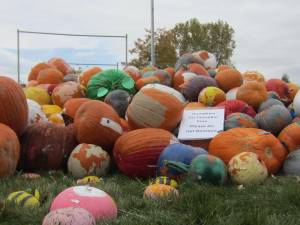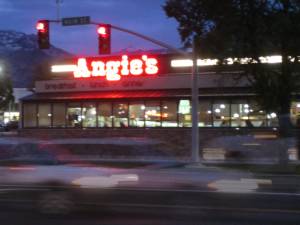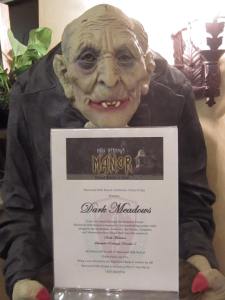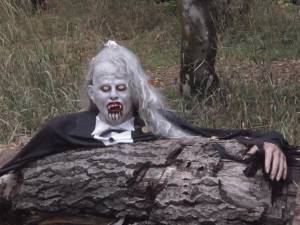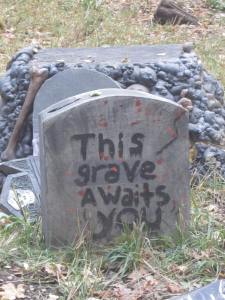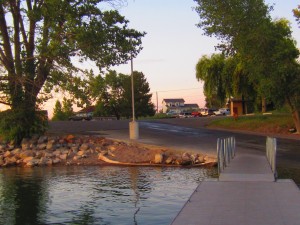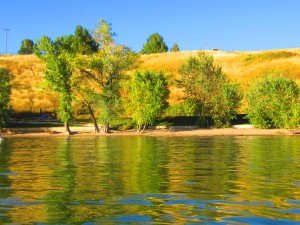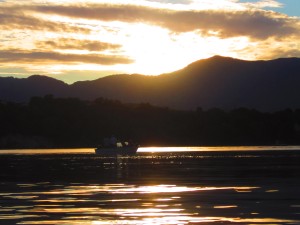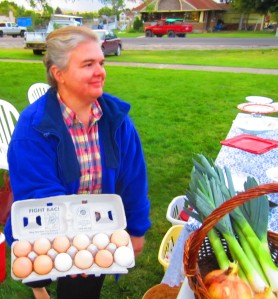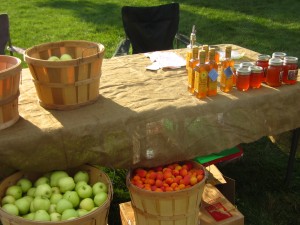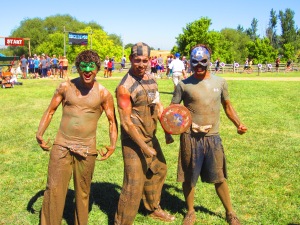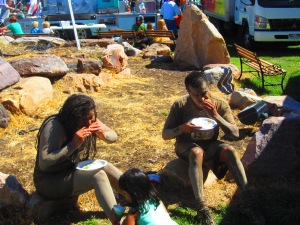During the summer of 2010, I embarked on a mission to find the best place in the valley to watch the beautiful sunsets we are so  often blessed with in Cache Valley. Eventually, I raced atop Old Main Hill at Utah State University and saw one of the more epic sunsets I’ve ever witnessed. Since that day, I kind of gave up on trying to find other places to see the sunset from an unadulterated, unobstructed area. I guess, someday, I will have to pick up where I left off. I’m sure there are plenty places out there.
often blessed with in Cache Valley. Eventually, I raced atop Old Main Hill at Utah State University and saw one of the more epic sunsets I’ve ever witnessed. Since that day, I kind of gave up on trying to find other places to see the sunset from an unadulterated, unobstructed area. I guess, someday, I will have to pick up where I left off. I’m sure there are plenty places out there.
It seems that most times when a great sunset is in progress I’m driving, or at home — with or without my camera — and never in a good enough place to get a shot without trees, houses, or other buildings or objects in the way. Nowadays, with winter fast approaching, the sunset happens so fast that if you’re not ready for it, it’s come and gone before you know it.
This is the time of year when it gets dark by 5 p.m. We also experience that wonderful weather phenomenon referred to as the inversion; and while it may bring some slightly unhealthy air days, one of the advantages to having it is the higher frequency of brightly colored, attractive sunsets.
 For those of you who like a good sunset, look to the west any given evening just before the sun ducks behind the Wellsvilles, and you may get lucky enough to catch the brilliant pinks, reds and oranges glowing through the clouds. I’ve noticed there’s really only a 5- or 10-minute window of truly magnificent brilliance, and then the sun is gone and the sky looks just like any other fading memory of the day.
For those of you who like a good sunset, look to the west any given evening just before the sun ducks behind the Wellsvilles, and you may get lucky enough to catch the brilliant pinks, reds and oranges glowing through the clouds. I’ve noticed there’s really only a 5- or 10-minute window of truly magnificent brilliance, and then the sun is gone and the sky looks just like any other fading memory of the day.
In Cache Valley, this time of year, I’ve noticed most people have already assumed to say it’s winter, even though we are actually supposed to have another month of autumn. Honestly, I can’t say I blame them. It has, after all, snowed half a dozen times and the temperatures are usually in the single digits at night.
I take comfort in saying, though, that I’m completely OK with this. Somewhere along the way, I’ve grown to appreciate the cold weather. Perhaps it was the few years I spent in southeastern Utah, living in the desert. Maybe it’s the beautiful, temperate Cache summers that wouldn’t be so appreciable without a few months of snow and bitter cold.
Either way, there’s nothing like walking outside on a sunny winter morning and seeing the sun glistening off of the snow-covered Wellsville mountains. For those who have only seen pictures of this, I invite you to visit us in the winter.
Many will tell you to stay far away from here this time of year. They’ll say it snows all the time and your car will freeze to its parking space overnight. I can’t say this is a lie, but I can say, with a warm chuckle, that it’s good cause to curl up with a warm mug of hot cocoa or chamomile and enjoy the cold winter sights from the warmth of a cozy living room.
In the wintertime, that’s the best place to see the beautiful Cache sunrises and sunsets — from the warmth of my home. Come by and I may just invite you in for a cup of herbal tea or hot chocolate. We can chat about capturing that elusive perfect sunset photo and all of the other reasons Cache Valley is a great place to be in the wintertime.
